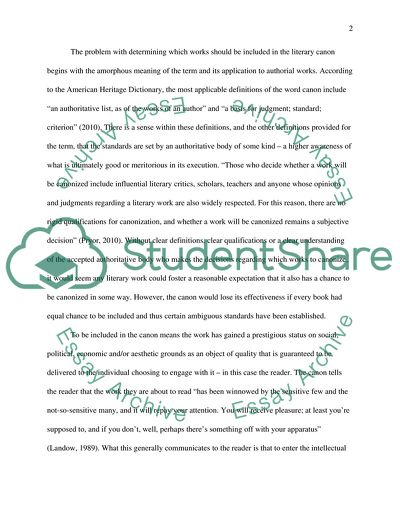Cite this document
(Outstanding Author Gail Godwin Research Paper Example | Topics and Well Written Essays - 1250 words - 9, n.d.)
Outstanding Author Gail Godwin Research Paper Example | Topics and Well Written Essays - 1250 words - 9. Retrieved from https://studentshare.org/literature/1746129-research-paper
Outstanding Author Gail Godwin Research Paper Example | Topics and Well Written Essays - 1250 words - 9. Retrieved from https://studentshare.org/literature/1746129-research-paper
(Outstanding Author Gail Godwin Research Paper Example | Topics and Well Written Essays - 1250 Words - 9)
Outstanding Author Gail Godwin Research Paper Example | Topics and Well Written Essays - 1250 Words - 9. https://studentshare.org/literature/1746129-research-paper.
Outstanding Author Gail Godwin Research Paper Example | Topics and Well Written Essays - 1250 Words - 9. https://studentshare.org/literature/1746129-research-paper.
“Outstanding Author Gail Godwin Research Paper Example | Topics and Well Written Essays - 1250 Words - 9”, n.d. https://studentshare.org/literature/1746129-research-paper.


